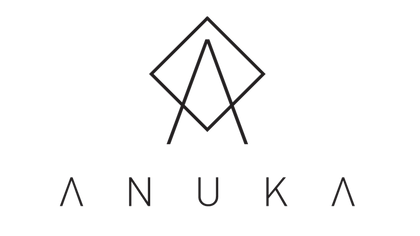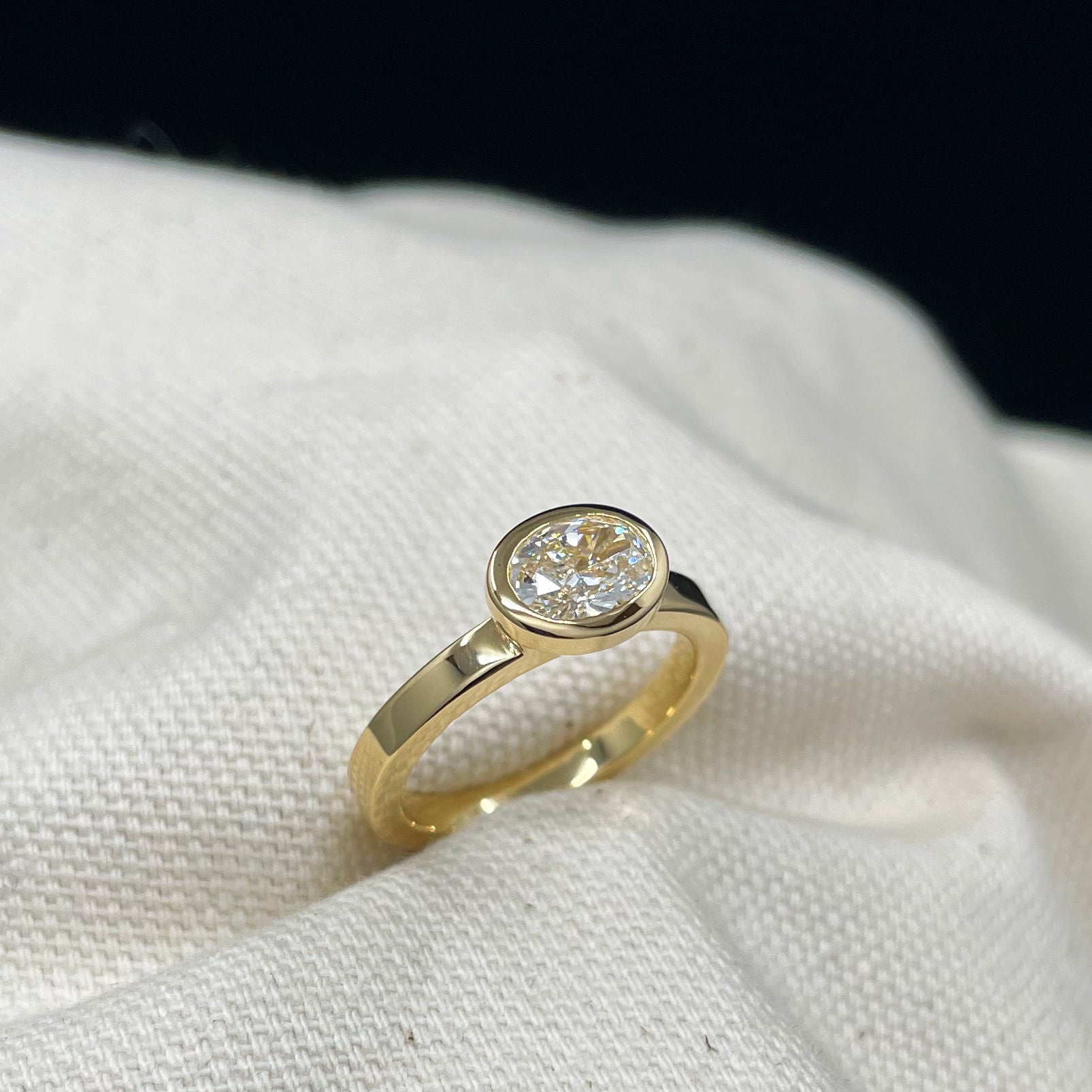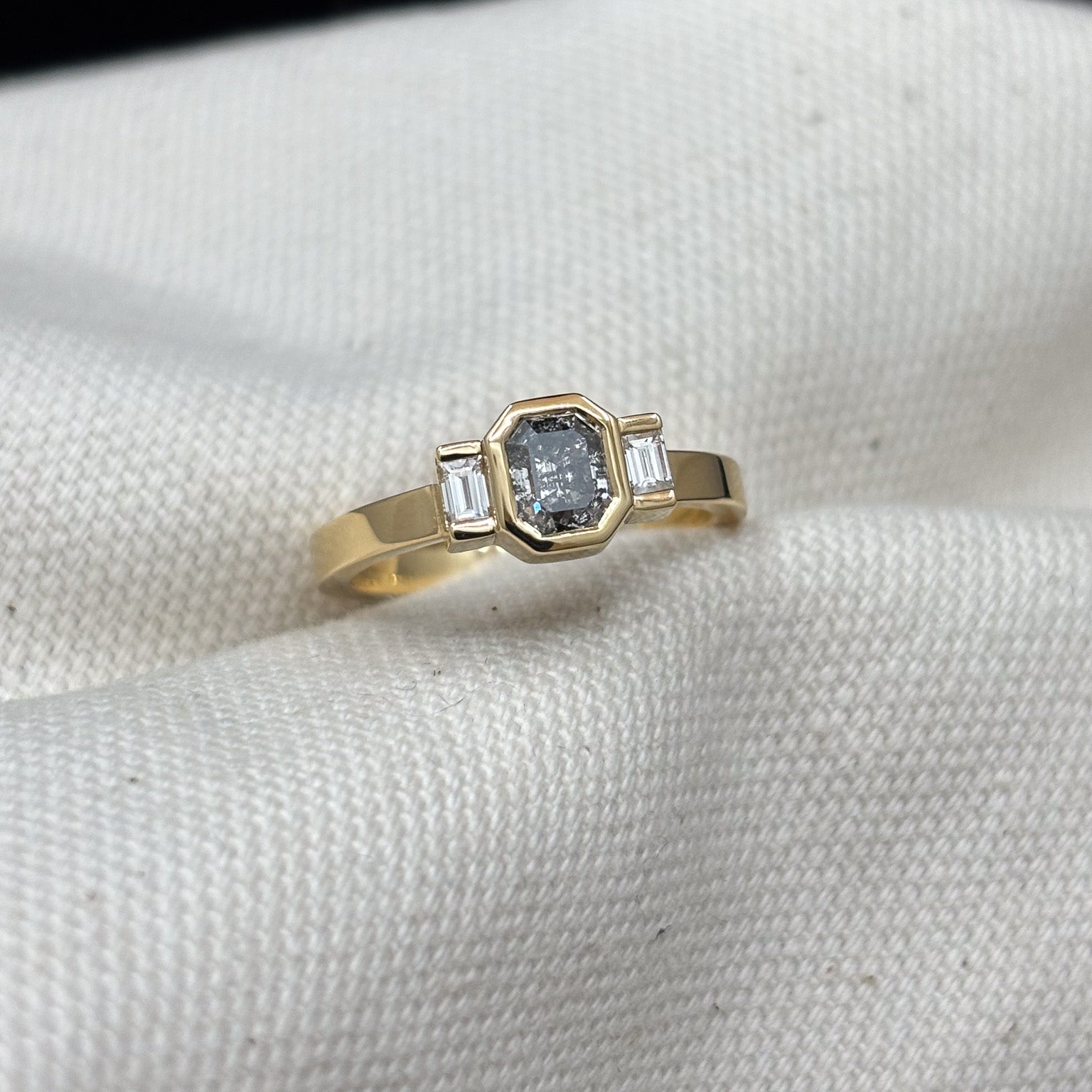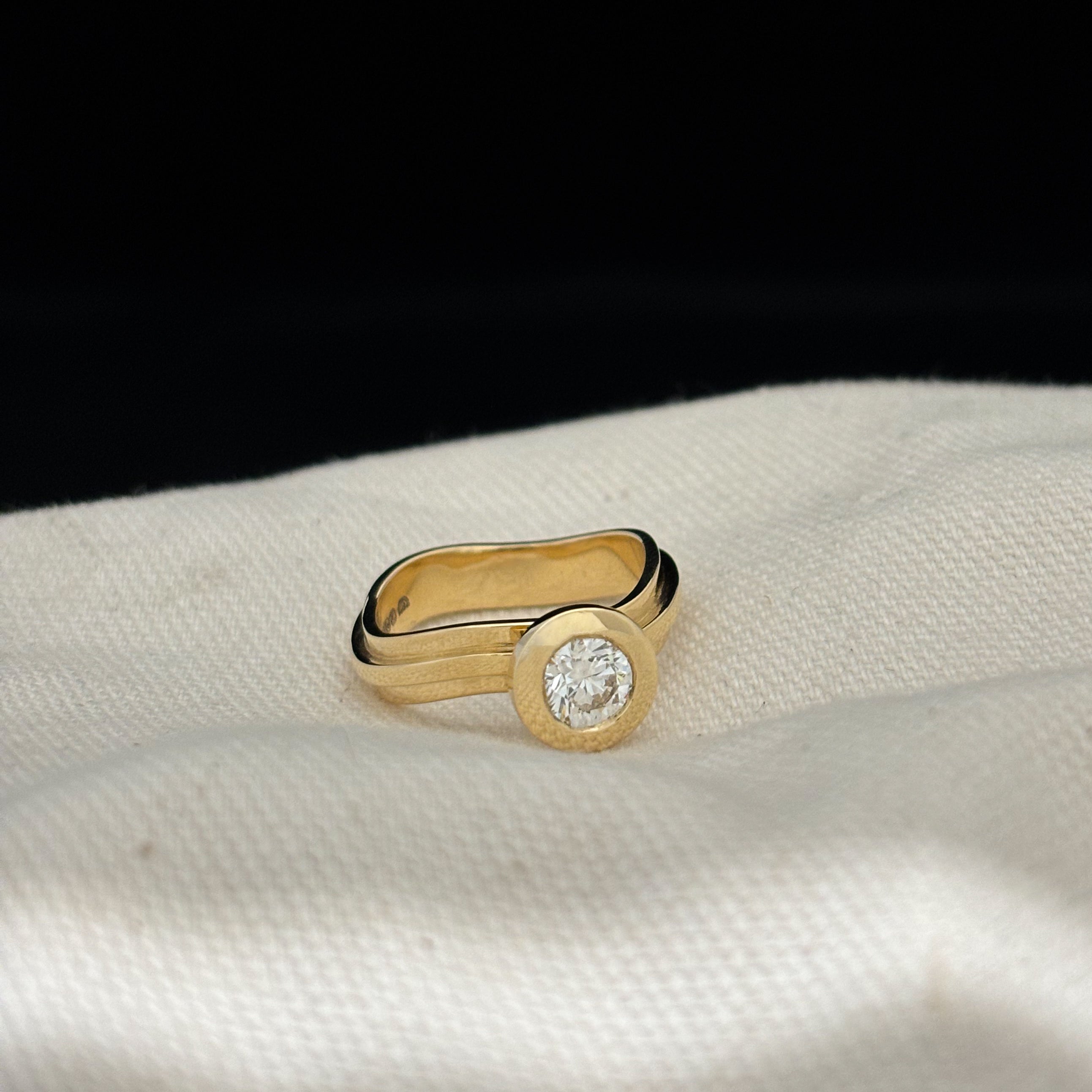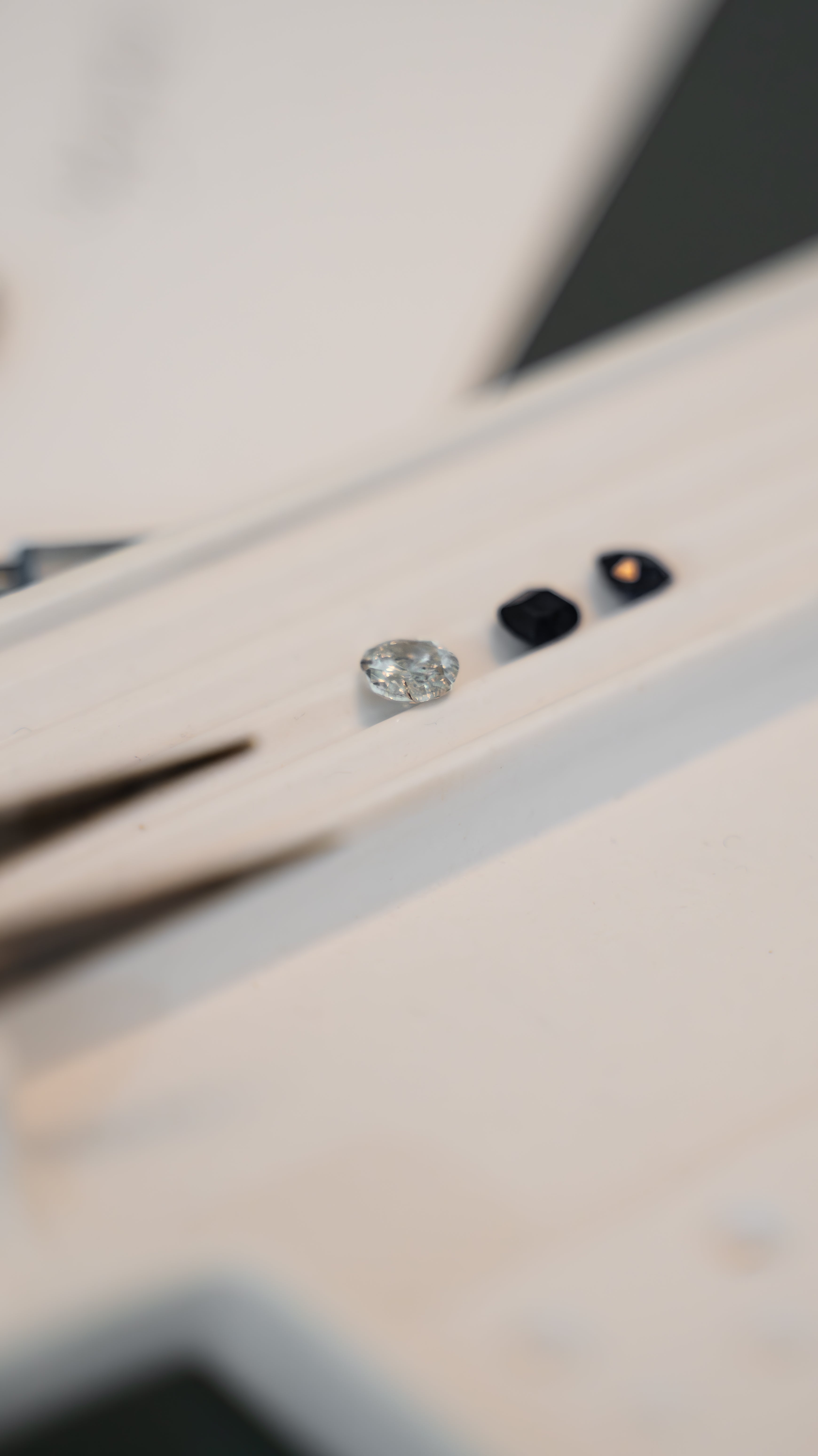A Guide to Buying Diamonds
When it comes to buying diamond’s, it can feel like you’re entering into a confusing and overwhelming market. The source of a diamond is becoming more prevalent when buying jewellery, and rightly so. We’ve all heard about blood diamonds, and the importance of buying certified diamonds, and that’s even before we talk about what the four C’s mean.
So how do you know what you’re looking for, and what does lab grown even mean? We’ve broken it down into some key points to remember and keep you on the right track.
Start With the Source
Understanding the 4 C's
Once you’ve decided where you want your diamond to come from, it’s now time to work out how to get the most value for your money. The four C’s are always referred to when making the decision to buy a diamond. These four qualities are worth getting your head around as it can make the difference between something that sparkles in the light to blowing your budget on the biggest carat you can find.
View the GIA chart to learn more about the 4 C's
